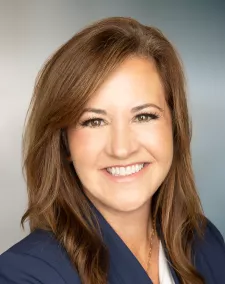
Rocking Teal: United in the Fight Against Ovarian Cancer | Causes, Not Just Cases®
Did you know that September is dedicated to ovarian cancer awareness? While this disease may only physically affect women, like all cancers, it touches so many more including brothers, husbands, children and friends. It is estimated that 22,000 women will be diagnosed with ovarian cancer in 2016 alone.
But, did you know that ovarian cancer has a 90 percent survival rate if diagnosed in the earliest stages? However, currently only 20 percent of women diagnosed will detect the deadly cancer in stages I or II. Sadly, a woman’s chance of survival drops to roughly 28 percent if ovarian cancer is detected in stage III or higher.
Currently there is no consistently-reliable screening test to detect ovarian cancer, making universal awareness and mindfulness of early signs and symptoms incredibly important.
Knowing the Potential Signs
While all women are at risk, ovarian cancer typically occurs in women in their 50’s and 60’s and is most often diagnosed when the disease is in its advanced stages. Common symptoms are often overlooked or mistaken for noncancerous bladder or gastrointestinal issues until they are acute. Regular visits to a gynecologist and annual pelvic exams are the best known way to screen for early detection. MD Anderson recommends seeing a doctor if these and other symptoms occur more than 12 times in a month.
Early Signs:
- Persistent abdominal bloating, pressure, pain or nausea
- Abnormal fullness after eating
- Difficulty eating
- Increase in urination
- Increased urge to urinate
Additional signs:
- Fatigue
- Indigestion
- Heartburn
- Constipation
- Menstrual irregularities
- Painful intercourse
- Weight gain
In addition to paying attention your body and early warning signs, women should be aware of risk factors that may increase chances of diagnosis. All women over the age of 40 have a significantly increased chance of ovarian cancer, with half of all ovarian cancers found in women 60 years old or older. Studies also link family history, hormone therapies, obesity, ovarian cysts and genetics to increased risk of developing ovarian cancers. The American Cancer Society has more information about risk factors and other facts about ovarian cancer.
As always, it is important to take your health into your own hands by scheduling routine checkups with your doctors.
How you can raise awareness?
Wear teal and spread the word! Ovarian cancer awareness groups have banned together to help raise awareness to fight this disease. Early detection greatly increases survival rates of this insidious cancer. By spreading the word about the risk factors and how detect ovarian cancer, you may be giving yourself and your loved ones a fighting chance while also honoring anyone who has had to face this aggressive and scary cancer.